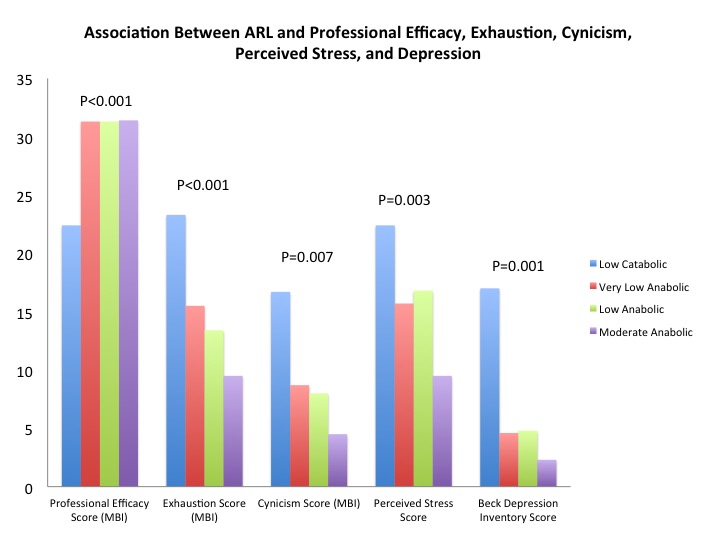K. Pei1, J. Healy1, K. A. Davis1 1Yale University School Of Medicine,Surgery,New Haven, CT, USA
Introduction:
Assessing post-operative morbidity and mortality is largely based on experience and published statistics. Projections of complications and death have critical implications for counseling patients preoperatively, particularly for challenging patients. We hypothesize that resident and attending surgeons overestimate complications and death after surgery for complex surgical patients.
Methods:
General surgery residents and attending surgeons at an urban, tertiary, academic medical center were invited to participate in an online assessment. Seven complex clinical scenarios were presented to participants via anonymous, online modules. For each scenario, participants estimated the likelihood of any morbidity, mortality, surgical site infection, pneumonia, and cardiac complications on a 0-100% scale. Scenarios were representative of a diverse General Surgery practice including colectomy, duodenal ulcer repair, inguinal hernia repair, perforated viscus exploration, small bowel resection, cholecystectomy, and mastectomy. Participant responses were compared to risk adjusted outcome measures by the American College of Surgeons National Surgical Quality Improvement Project (NSQIP) online calculator. Responses were reported as means with 95% confidence intervals, differences in participant responses and NSQIP estimates were reported as absolute percentage differences of the mean. This study was approved by the institutional Human Investigation Committee.
Results:
101 Residents and 48 Attending Surgeons (trained in General Surgery) were invited. Overall response rate was 73.8% for all participants. For all 7 clinical scenarios, there was no significant difference between resident and attending estimates of morbidity or mortality. There was significant variation in estimates among participants with wide 95% confidence intervals. Overall, the mean percentages of the estimates were 25.8-30% over NSQIP estimates for morbidity and mortality.
Conclusion:
General surgery residents and attending surgeons did not significantly differ in their estimate of post-operative complications and death; however, both groups grossly overestimated risks in complex surgical patients. These results demonstrate broad variance in and near universal overestimation of predicted surgical risk when compared to national, risk adjusted models.







